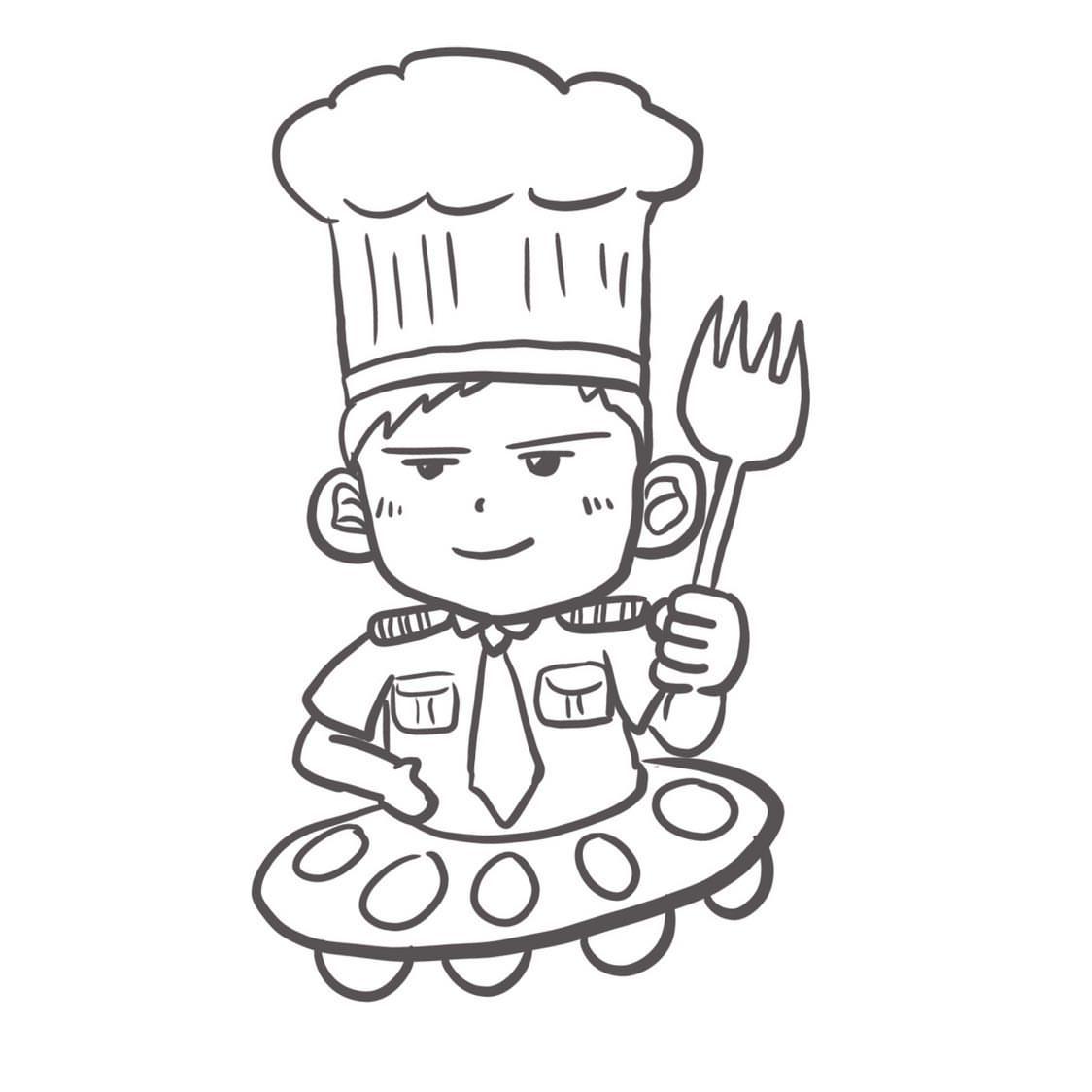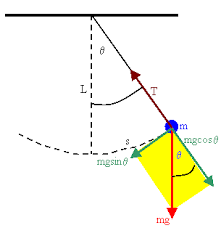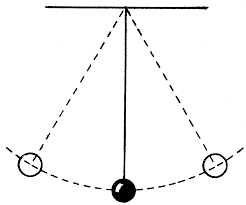Stability
- ATVpilot

- May 28, 2020
- 4 min read
Static Stability and Dynamic stability.
Lots of people got confused with these two terms and never able to clearly understand the different.
Before I further explain, it is important for me to emphasis; all these stability is Only considering the aircraft behavior (WITHOUT pilot input). All these aircraft stability behaviors are related to Aircraft designs.
Static Stability
Static stability refers to the initial tendency, or direction of movement, back to equilibrium. (per FAA PHAK Chap. 5)
Key word: Initial tendency
Positive static stability—the initial tendency of the aircraft to return to the original state of equilibrium after being disturbed.
Neutral static stability—the initial tendency of the aircraft to remain in a new condition after its equilibrium has been disturbed.
Negative static stability—the initial tendency of the aircraft to continue away from the original state of equilibrium after being disturbed.
Dynamic Stability
Dynamic stability refers to the aircraft response over time when disturbed from a given pitch, yaw, or bank.
Positive dynamic stability—over time, the motion of the displaced object decreases in amplitude and, because it is positive, the object displaced returns toward the equilibrium state.
Neutral dynamic stability—once displaced, the displaced object neither decreases nor increases in amplitude. (Maintain the Oscillation in amplitude)
Negative dynamic stability—over time, the motion of the displaced object increases and becomes more divergent.
Key word concerning Dynamic: Over time / Oscillation

One simple concept:
ONLY aircraft with POSITIVE STATIC stability will have Dynamic stability.
Neutral or Negative Static, won't have any Oscillation overtime.
In terms of stability, we will break down on 3 axis; Longitudinal stability, Lateral Stability and Directional Stability.
Another confusing concept with lots of young pilots.


Longitudinal Axis is the axis from nose to tail; rotation regards to rolling about the axis, which controls by ailerons. However, when we discussing longitudinal STABILITY, we are focusing on the pitch along the longitudinal axis.
Therefore, we need to clear the concept of Axes and Stability.
Before we move on, I need to emphasis.
All these stability oscillation and movement is considering aircraft design (NO PILOT INPUTS)
Longitudinal Stability (Pitching)
Longitudinal stability is the quality that makes an aircraft stable about its lateral axis. It involves the pitching motion as the aircraft’s nose moves up and down in flight.
Moments

As we all know, most aircraft designed with Center of Gravity CG is located ahead of Lift (CP); with a forward CG, it will have a longer moment arm to the Tail plane and increase longitudinal stability.
However, the CP and CG position also creates a nose down moment. In order to compensate the nose down moment, tail plane is needed to create a down ward lift.
The larger the difference between CP and CG, will create a bigger nose down moment; and required a bigger tail down force.
Some aircraft (most airliners) designed with engine mounted under wing. With the low thrust line compare to the CG and overall drag, it will initiate a pitch up moment, which can be helpful to counter the nose down moment from the CP-CG relationship. (Rapid thrust/ power can also have a destabilized effect. )
In short, factors affecting longitudinal stability:
CG location
Tailplane location and size
Thrust line and thrust
Lateral Stability(Rolling)

There are 4 designs factors affecting Lateral Stability.
Dihedral/ Anhedral
Sweepback
Keel effect
Weight distribution

Dihedral
Keyword: Sideslip, greater AOA
During a roll disruption, aircraft will SIDESLIP; with the slight positive angle introduced on the wing root, the relative airflow induced a higher AOA on the lower wing and tends to roll the aircraft back to original state. Therefore, Dihedral increases lateral stability.
(Vice versa for Anhedral)
Dihedral mostly found on low wing aircrafts.
Sweepback
Keyword: Perpendicular angle ->more lift
During the sideslip caused by disturbance, the lower wing presents its leading edge to a more perpendicular angle to the relative airflow; which the lower wing will create more lift and roll back to original state.


Keel effect
Keyword: High wing
Lots of people confused keel effect with weight distribution.
Keel effect is simple concerning the high pressure got trapped between the wing and fuselage on the upwind side. That high pressure provide extra lift and introduce a rolling moment.
Weight Distribution
Keyword: pendulum, high-wing
This phenomenon only applies to high-wing aircrafts; it is because the high-wing design, weight is 'hanging' under the wing; as the aircraft being disrupted, the weight act as a Pendulum and tends to 'swing' back to the stable position (lowest point); and roll back to wings level.
Directional Stability (yawing)

When discussing direction stability, it is mostly referring to weather vane effect. As aircraft being disrupted, aircraft momentary skidding sideways along the original path. As it is traveling side way, the side of the fuselage and empennage exposes to the relative wind.
For the side area behind the CG will create a yawing moment to re-align the aircraft.
Keyword: Weather-vane
In conclusion, the change of Center of Gravity CG, could impact the Longitudinal and directional stability.
And Lateral Stability is achieved by the 4 design factors as mentioned.
(Credited to FAA PHAK Chap. 5)
It is a lot of information; and I will open a new forum topic on Dutch roll and Spiral instability later on. Stay tune~
Before I finish, just to check your understanding.

In terms of lateral stability, what kind of design does the AN225 has?
Also, Name one kind of aircraft has neutral static stability.
Comment below~~cheers












@dream to fly
Thanks for your reply~
That's right~AN225 has an anhedral wing design; but why would the aircraft manufacturer introduce a negative stability into the aircraft?
(hint: Dutch roll)
Yes, Those fighters are neutral static stability; and some of the boomer like B2 boomer has a negative static stability, it requires flight computers to operate the aircraft. Flying the B2 without computer is uncontrollable, as it react to all disturbance abruptly.
AN225 has a high and anhedral wing, H tail and engines are podded below the wing.
Fighter jets like F16 and F22 have neutral static stability.